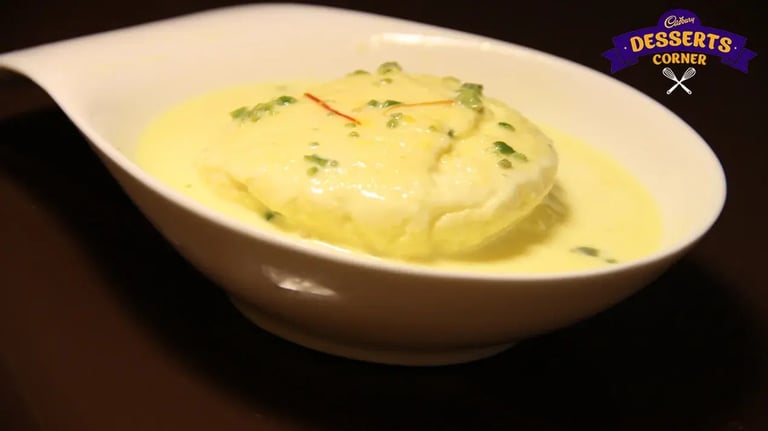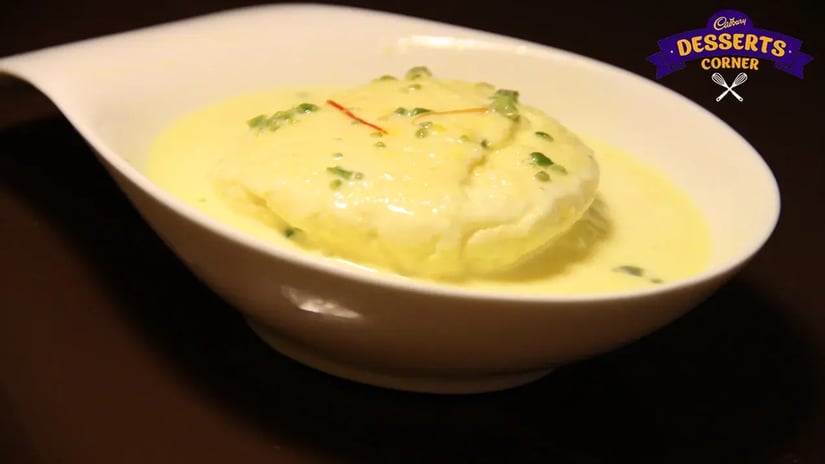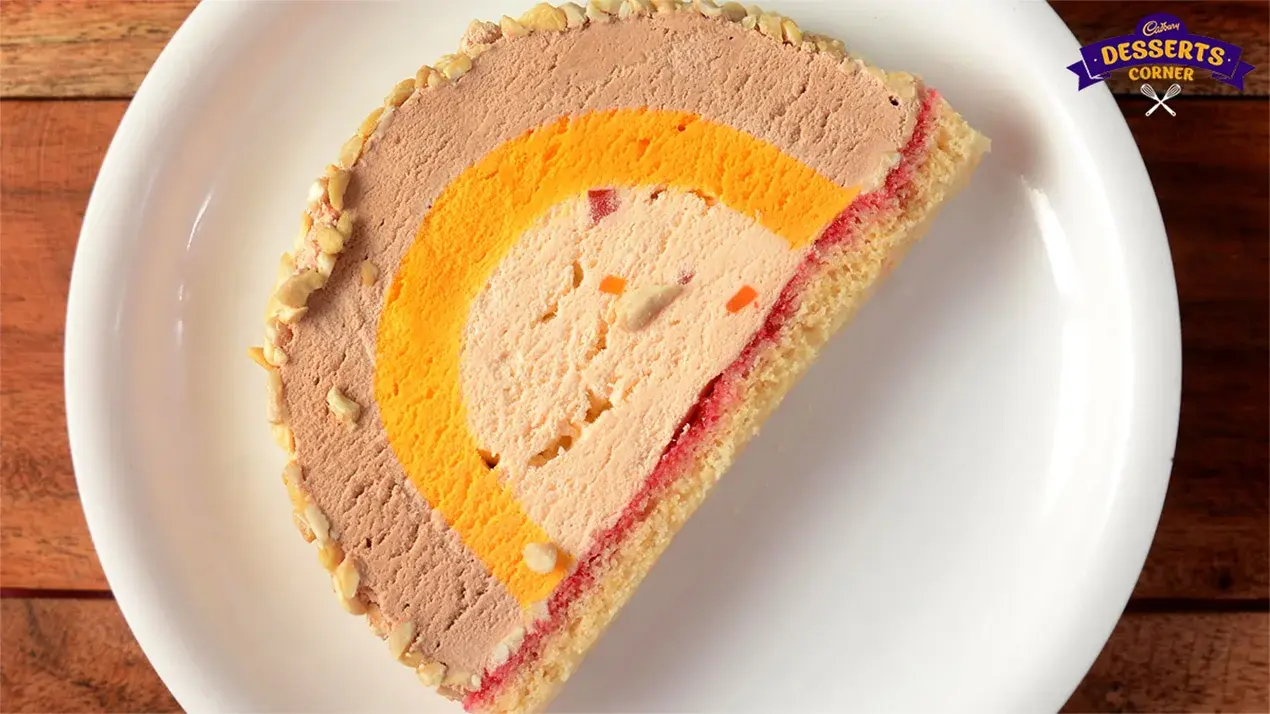- Home
- Articles
- The theories Surrounding the History of the Beloved Ras Malai, and a Simple Recipe to Try Out
Ras malai is everyone’s favorite dessert—light, refreshing and not deep fried. Delve into its origins and then follow the simple recipe to recreate it yourself.

Ras malai is everyone’s favorite dessert—light, refreshing and not deep fried. Delve into its origins and then follow the simple recipe to recreate it yourself.
Soft and sweet, ras malai is a delectable spongy, milk-based dessert. It oozes flavor and its light and creamy texture make it a treat to eat. A dessert famous in many parts of the country, it’s often present during celebrations and special occasions.
The name comes from the Bengali roshomalai. Rosh became ras, which is Hindu / Urdu for juice, and malai is the cream that forms on top of milk. Along with the etymology, the most widely accepted origin story of the ras malai takes us to Bengal.

There, the confectioner K. C. Das Grandsons say that their forefather Krishna Chandra Das invented the ras malai in the early 20th century. His father, Nobin Chandra had come to Calcutta and opened a sweet shop in 1866. He wanted to create an entirely new dish, so he did a lot of experimentation and ended up inventing the rasgulla in 1868. The main trick was combining the flour and chhena. Fifty years later, his son K. C. Das adapted the technique and recipe, and that’s how the ras malai came about.
The youngest of his five children, Sarada Charan, was a research assistant at Raja Bazar Science College’s physics department, studying under Nobel laureate Sir Chandrasekhara Venkata Raman. Using the reverse osmosis process, Sarada figured out how to preserve rasgullas and created canned rasgullas. His father K. C. Das, also scientifically inclined, carried this experiment forward and ended up creating the ras malai. The shop was located in Bagbazar, where the Marwari community lived, and they are responsible for popularizing the dish, which later spread throughout the country.
This story is backed in the book Indian Food: A Historical Companion by food historian KT Achaya. He says that “[I]n 1868, the 22-year-old Nobin Chandra Das of Sutanati created the spongy rasogolla cooked in sugar syrup and some fifty years later his son Krishna Chandra Das invented the rasmalai.”

However, in Bangladesh’s Comilla district, the Sen brothers of the Matri Bhandar, also claim to be the real inventors of the ras malai. They say that they were the first to popularize and monetize the dessert. Brothers Khanindra and Manindra have also registered for a G.I. tag for their alleged invention. The Bangladeshis also have a sister dish called the roshmonjuri, similar to the ras malai in many respects. It’s found in Gaibandha Mishtanno Bhandar, owned by Romesh Ghosh.
While its origin is up for some debate, there’s no question that it’s a relatively healthier dessert to have. The high milk content brings with it calcium which is good for bones and teeth. The chhena or paneer is an excellent source of protein which helps maintain muscle mass. The dry fruits are rich in antioxidants and boost the immune system. And the dessert is low in sugar, not deep fried, making it a healthy indulgence, especially when consumed fresh.
Today, there are several variations of the dish, from kesar ras malai to pistachio ras malai and from strawberry to mango ras malai. Here’s a simple, basic ras malai recipe so you can try your hand at it too.

Ingredients:
- 12 rasgullas
- 1 l whole milk
- 5 tbsp sugar
- 12 almonds, unsalted and blanched
- 12 pistachios, unsalted and blanched
- ½ tsp green cardamom powder
- 2 tsp rose water
- Pinch of saffron strands
Instructions:
- Boil water and add the almonds and pistachios. Cover and keep set for 40 minutes. Then peel and slice them. Set aside.
- In a pan, add the milk and bring it to a boil.
- In a small bowl, add some of the warm milk and drop in the saffron strands. Stir and set aside.
- Let the boiling milk continue to simmer until it reduces to half. Collect the malai forming on top.
- Add the sugar and stir so it’s fully dissolved. Then add the cardamom powder. Add ¾ of the sliced almonds and pistachios and the saffron milk to the pan.
- Squeeze the sugar syrup out of the rasgullas and place them in the simmering milk.
- Turn off the heat and add the rose water, stirring gently.
- Cover the pan until it reaches room temperature. Transfer it to a serving bowl and chill.
- Before serving, garnish with the remaining almonds and pistachios. Sprinkle some more saffron strands on top. Serve cold.
Like This Article?
More Like This


Popular Articles





Trending Web Stories
Curated Recipes




















